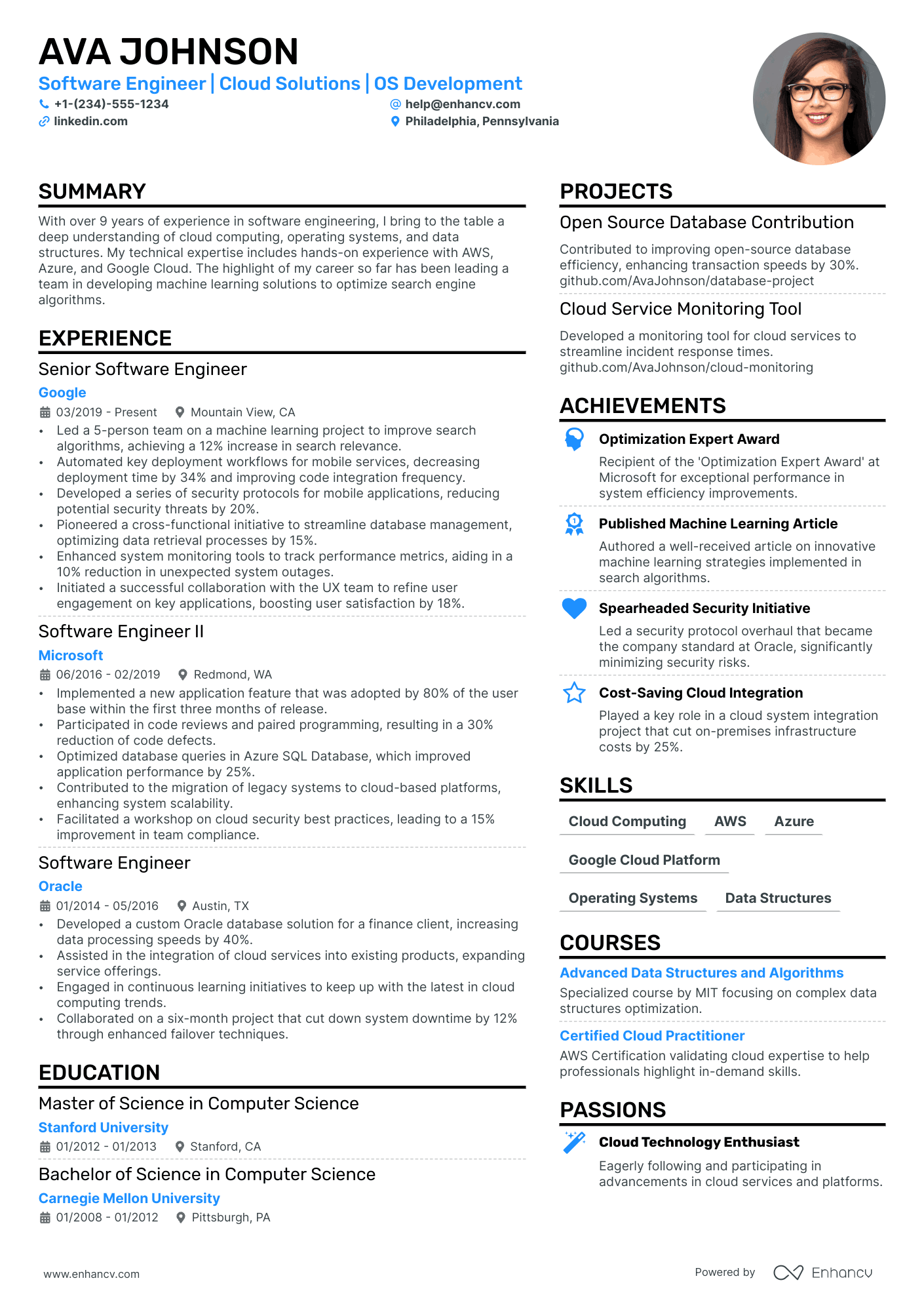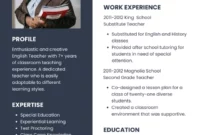In the incredibly dynamic world of software engineering, your resume is far more than just a document; it’s your personal marketing tool, a critical first impression that can open doors to exciting career opportunities. Gone are the days when a simple chronological list of past jobs would suffice. Today, hiring managers and automated applicant tracking systems (ATS) alike are looking for something more compelling, something that immediately highlights your unique skills and contributions in a visually appealing and easy-to-digest format.
A well-crafted, modern CV is essential for standing out in a highly competitive job market. It showcases not just what you’ve done, but how you’ve made an impact, what technologies you master, and why you’re the perfect fit for a particular role. For a software engineer, this means a CV that effectively communicates complex technical expertise while maintaining clarity and aesthetic appeal.
The Evolving Landscape of the Software Engineer CV
The way software engineers present themselves on paper has drastically changed over the past decade. What was once acceptable – dense paragraphs, generic bullet points, or even highly elaborate, visually complex designs that confuse ATS – is now largely ineffective. Modern recruitment practices, particularly in tech, prioritize scannability, keyword optimization, and a clear demonstration of problem-solving abilities and project impact. Your CV needs to be clean, professional, and impactful, showcasing your technical prowess without overwhelming the reader.
A truly modern CV for a software engineer is a strategic document. It’s designed not only to pass through initial automated filters but also to captivate the human eye within seconds. This means striking a balance between concise information delivery and comprehensive skill representation. The goal is to make it incredibly easy for a recruiter to identify your value proposition and quickly determine if you possess the core competencies they seek for a given role. Think of it as your personal README file, highlighting your best features and functionalities.
Key Elements of a Standout Modern CV for Software Engineers
- **Professional Summary or Objective:** A brief, powerful paragraph at the top summarizing your career goals, key skills, and what you bring to the table. Tailor this for each application.
- **Key Skills Section:** A dedicated area for your technical stack (languages, frameworks, tools, cloud platforms) and important soft skills (problem-solving, collaboration, communication). Make this easy to scan.
- **Experience Section (Impact-Driven):** Go beyond just listing duties. Use action verbs and quantify your achievements. Instead of “Developed features,” say “Engineered a new user authentication module, reducing login errors by 15% and improving security.”
- **Projects Section:** Absolutely crucial for software engineers. Showcase personal or open-source projects, detailing your role, the technologies used, and the problems you solved. Include links to GitHub repositories or live demos.
- **Education (Concise):** List your degrees and relevant certifications. For experienced engineers, this section can be brief.
Ultimately, a modern CV is about storytelling. It’s about taking your technical journey and presenting it in a way that resonates with hiring managers, clearly illustrating how your skills and experience directly address the needs of the position you’re applying for.

Choosing and Customizing Your Modern CV Template
Selecting the right modern CV template software engineer professionals can use is a crucial step towards creating an effective application. There’s a vast array of templates available, from minimalist designs to those with more structured layouts. The key is to choose one that enhances readability and professionalism, rather than distracting from your content. Look for templates that are clean, have a clear hierarchy, and allow for easy customization to highlight your specific strengths and the requirements of the job you’re targeting.
When evaluating templates, always prioritize ATS compatibility. Many visually appealing templates, especially those with intricate graphics, multiple columns, or non-standard fonts, can be poorly parsed by automated systems, causing your valuable information to be misinterpreted or even lost. Opt for templates with clear headings, standard bullet points, and a straightforward layout. A simple, well-structured template often performs best in the initial screening process, ensuring your application gets seen by human eyes.
Customization is where a good template becomes great. Don’t just fill in the blanks; adapt the template to reflect your unique professional brand and the specific requirements of each job description. This means strategically arranging sections, choosing appropriate fonts that are easy to read, and ensuring consistent formatting throughout. Think about how you can use the template’s structure to put your most impressive achievements front and center.
Best Practices for Optimizing Your Modern CV Template
- **Tailor to Each Role:** Customize your CV for every single application. Use keywords from the job description and highlight relevant experiences.
- **Quantify Achievements:** Whenever possible, use numbers and data to illustrate your impact (e.g., “improved performance by 20%”, “managed a team of 5 developers”).
- **Use Action Verbs:** Start your bullet points with strong action verbs that describe your contributions (e.g., “Developed,” “Implemented,” “Optimized,” “Led”).
- **Proofread Meticulously:** A single typo can undermine your professionalism. Double-check for grammar, spelling, and formatting errors. Ask a friend or colleague to review it as well.
- **Save as PDF:** Always save and submit your CV in PDF format to preserve formatting and ensure it looks consistent across different systems.
Remember, your CV is a living document. It should evolve as your career progresses and as the industry standards shift. Regularly review and update your template to ensure it continues to represent you in the best possible light.
Crafting an outstanding CV is an investment in your career, particularly in the competitive field of software engineering. By embracing a modern approach and leveraging a well-designed template, you’re not just listing your qualifications; you’re powerfully articulating your value and potential. This strategic presentation can significantly improve your chances of securing interviews and ultimately landing your dream role in tech. The effort you put into perfecting this crucial document will undoubtedly pay dividends in your professional journey.
